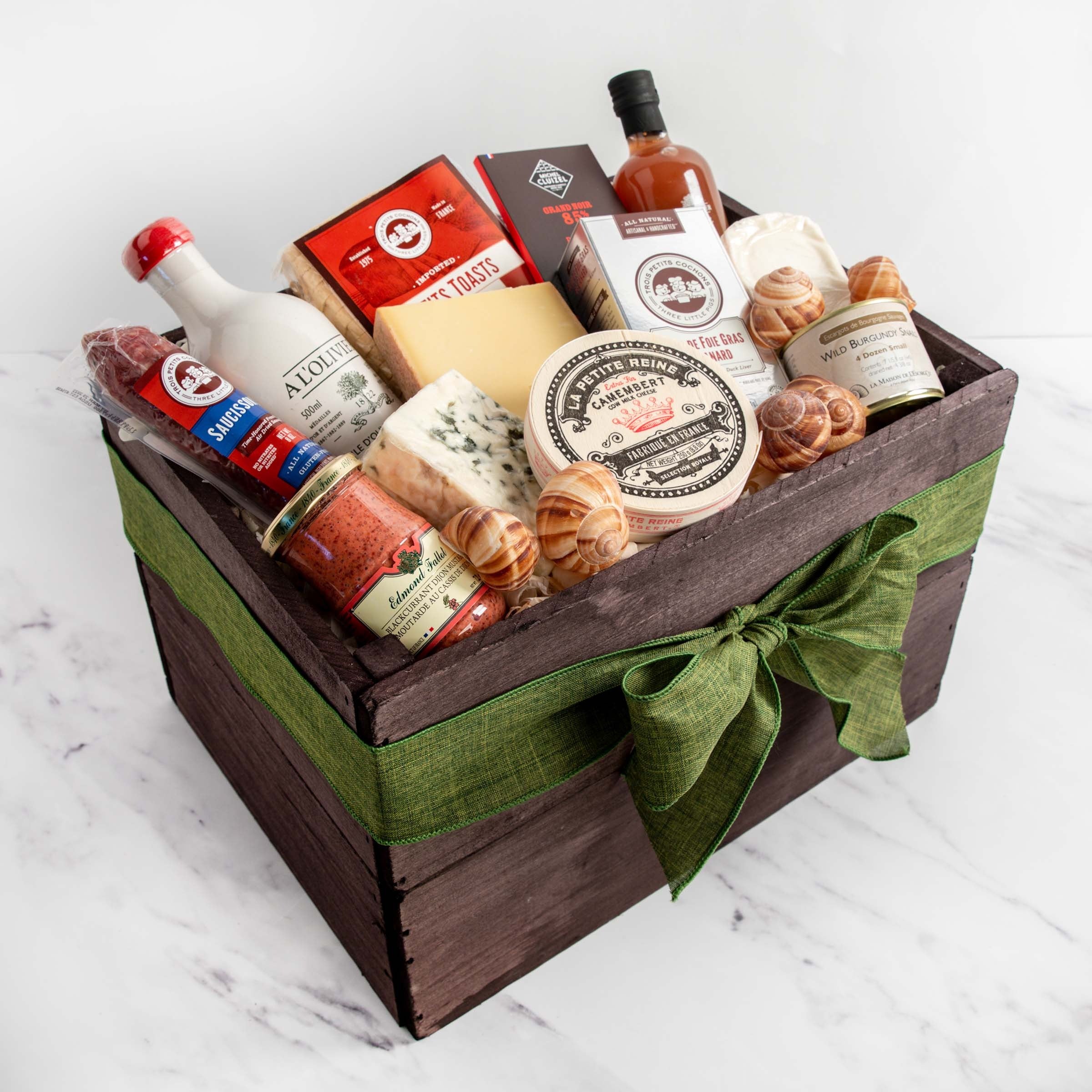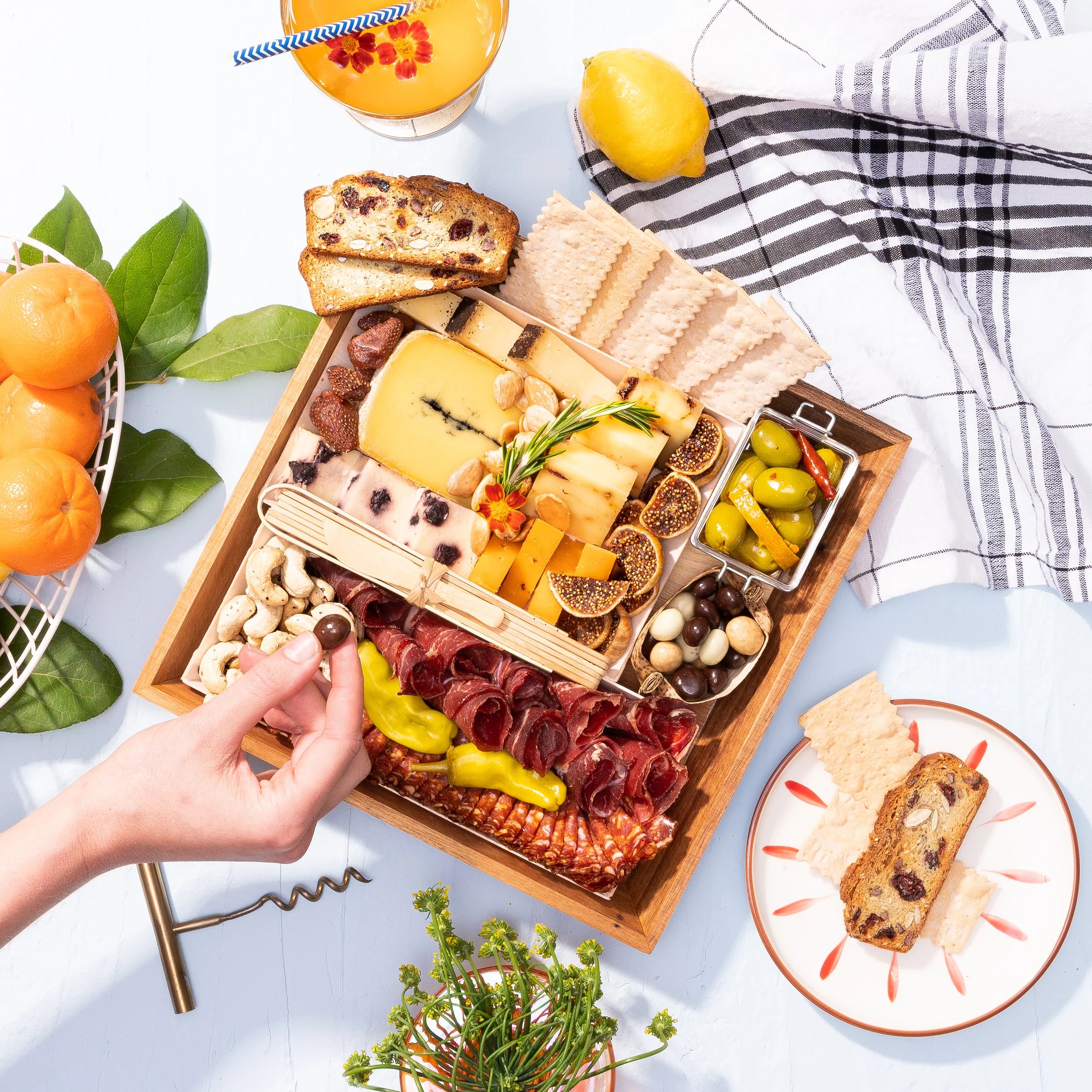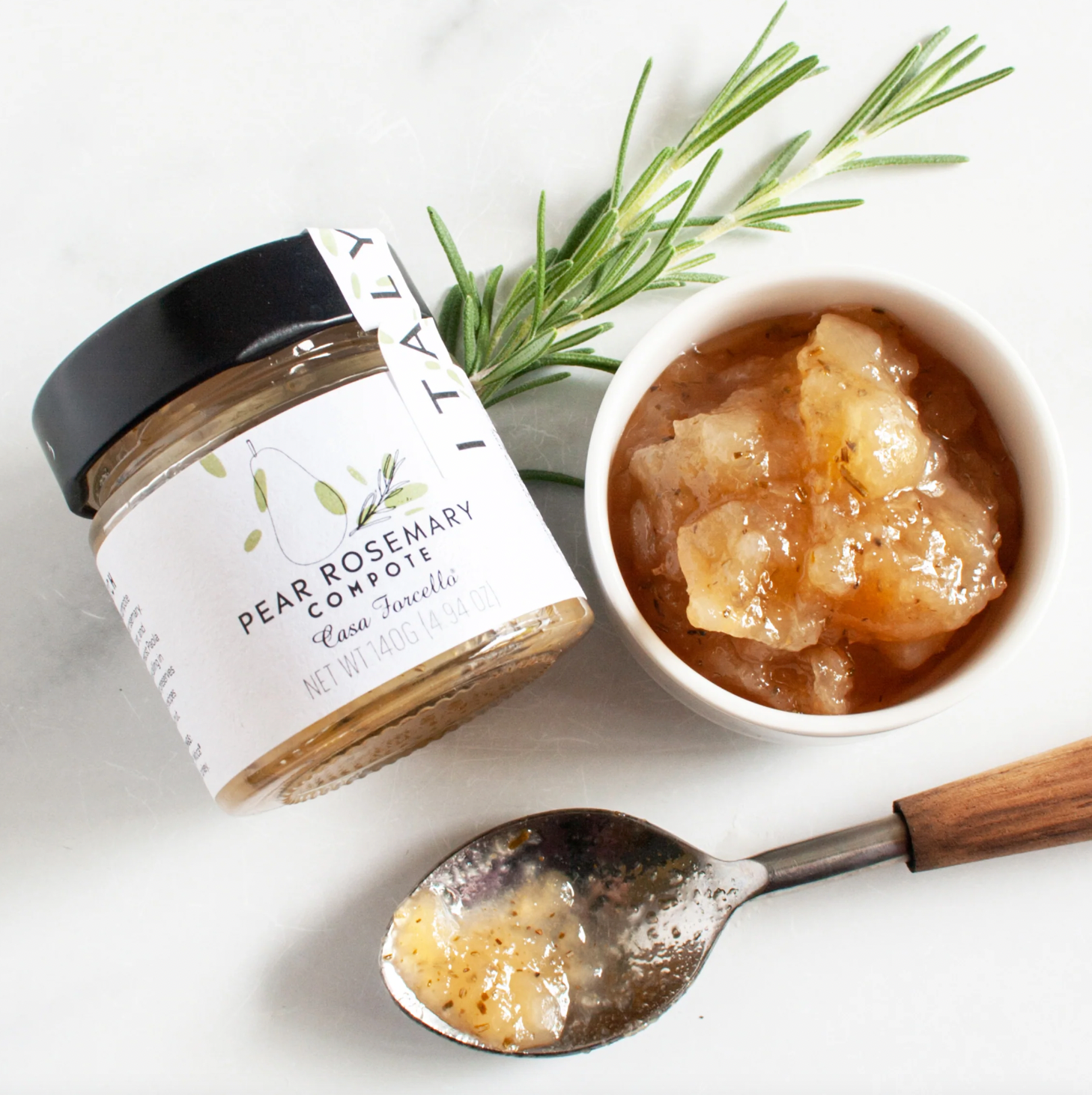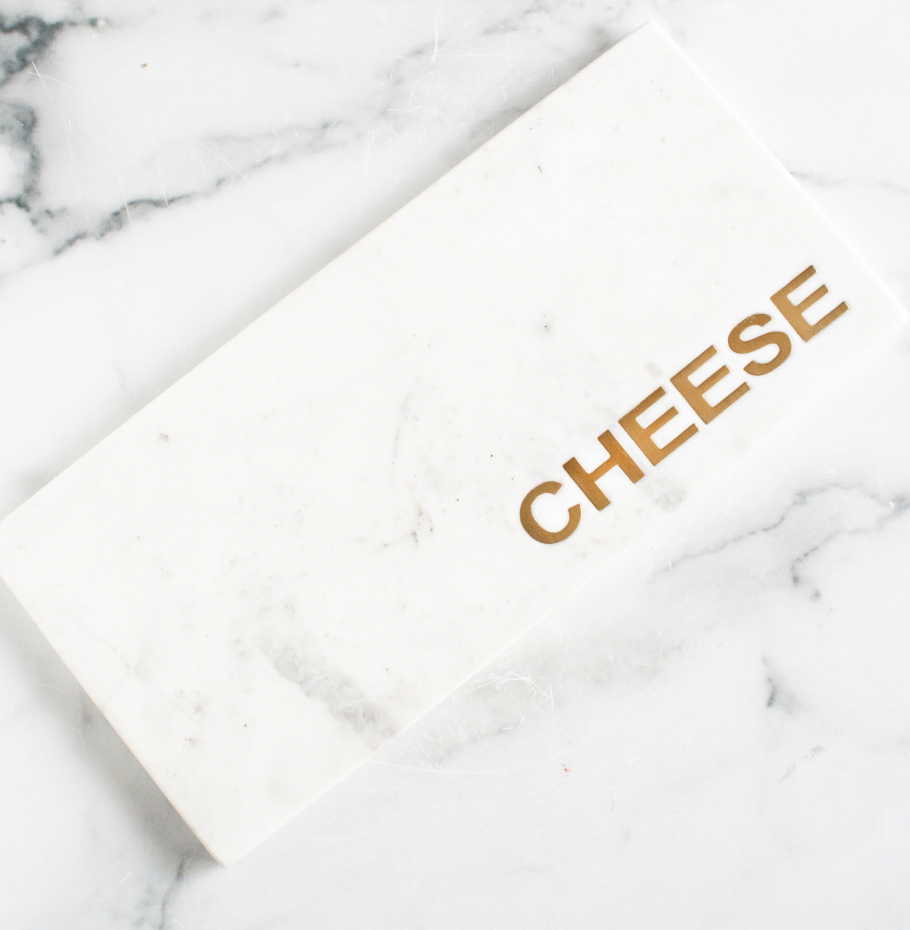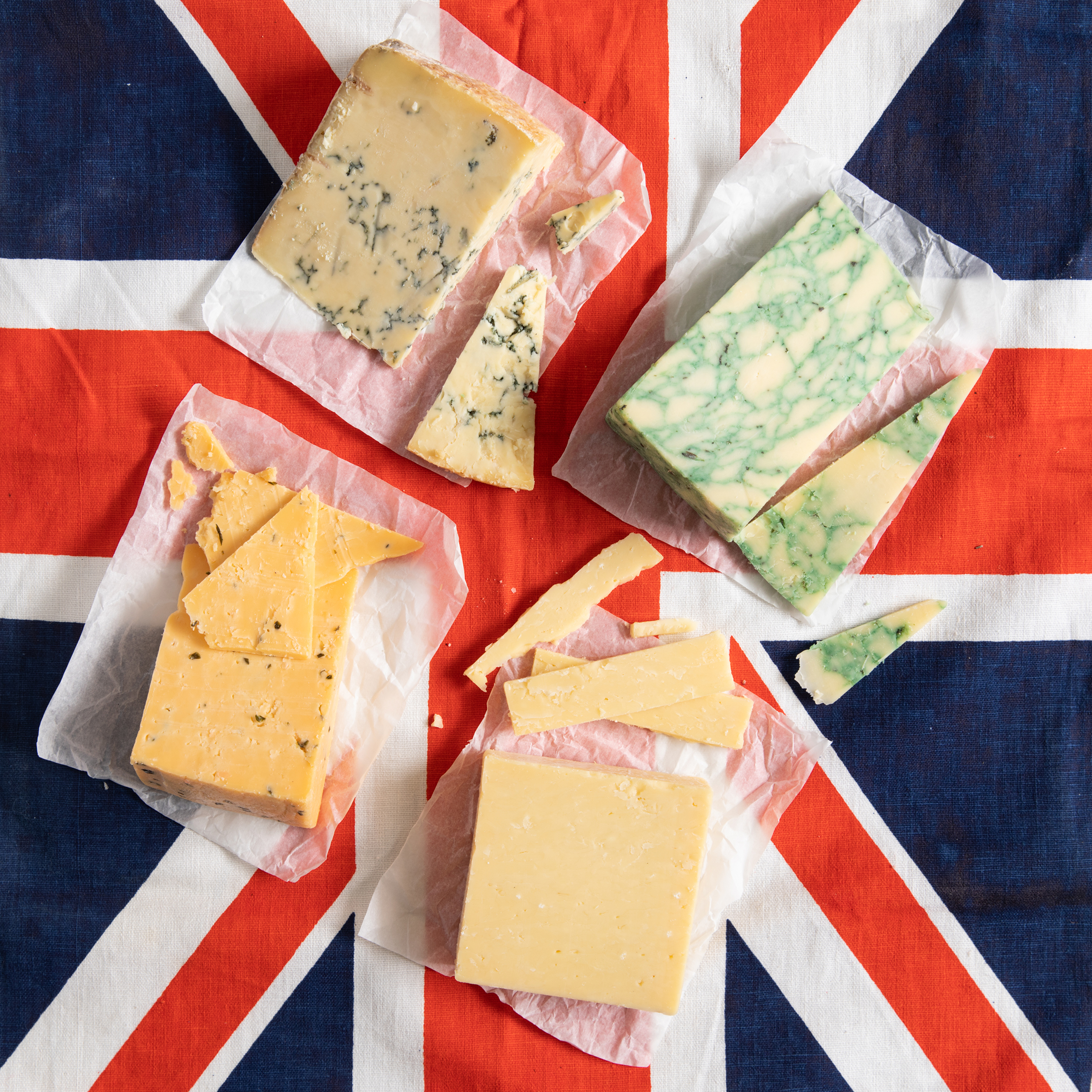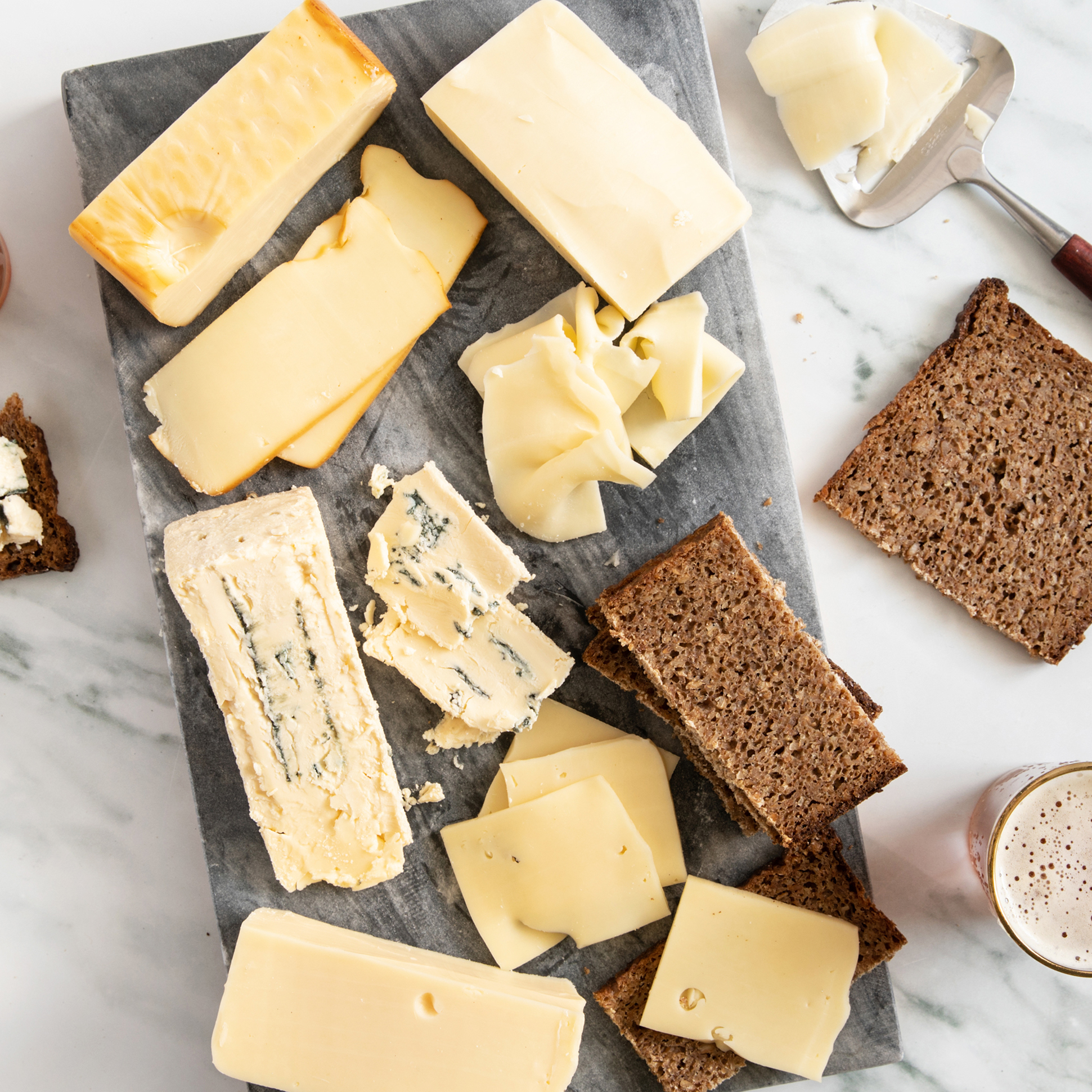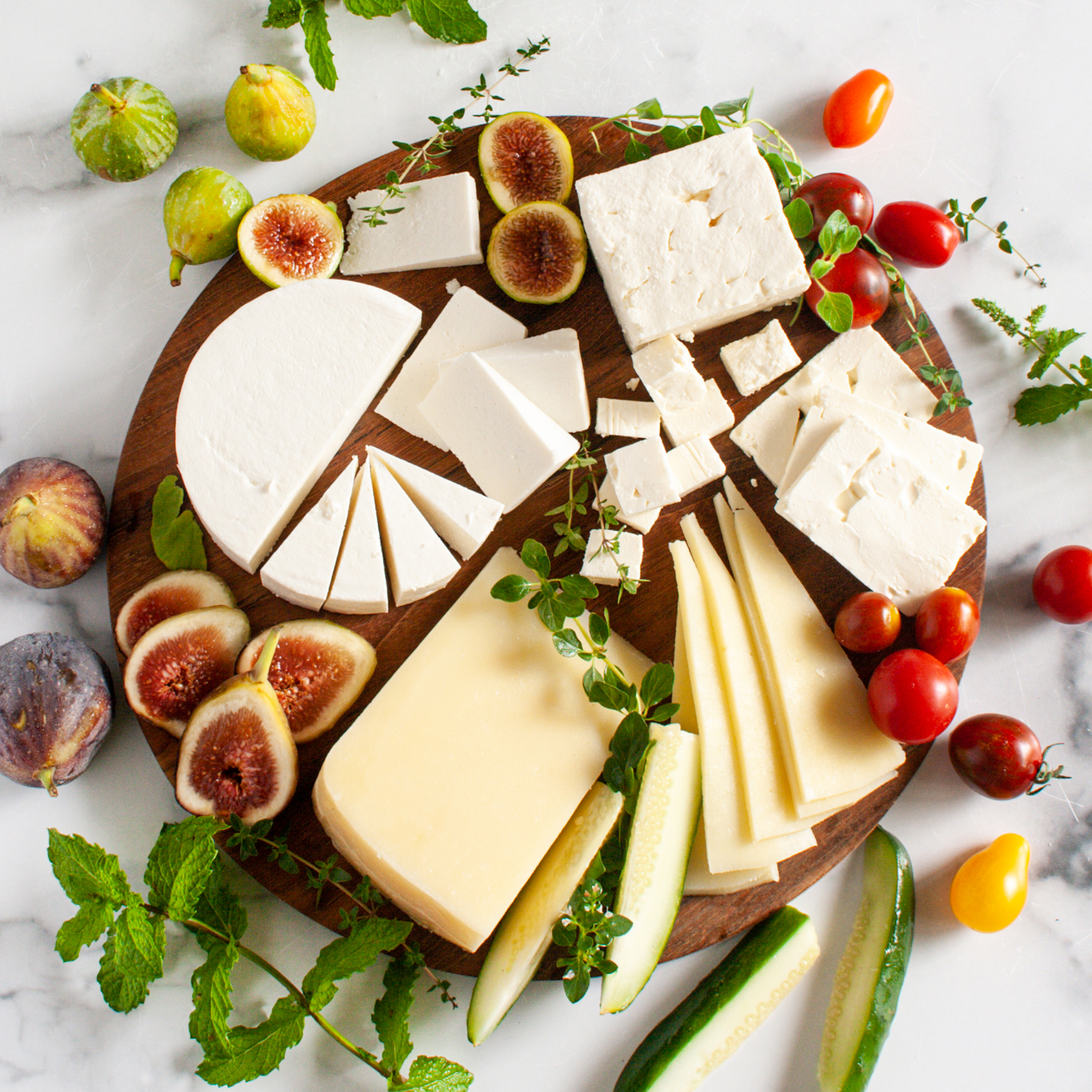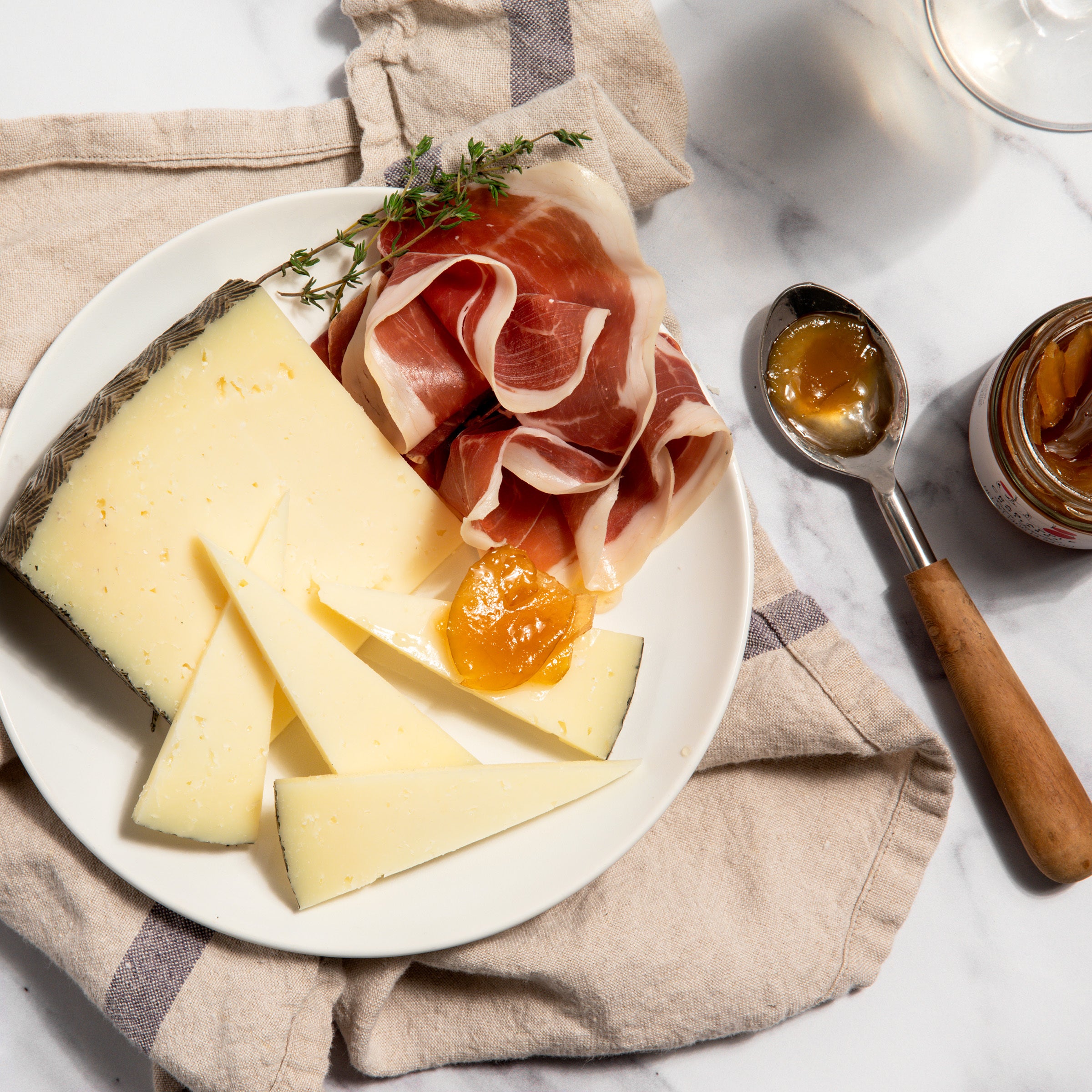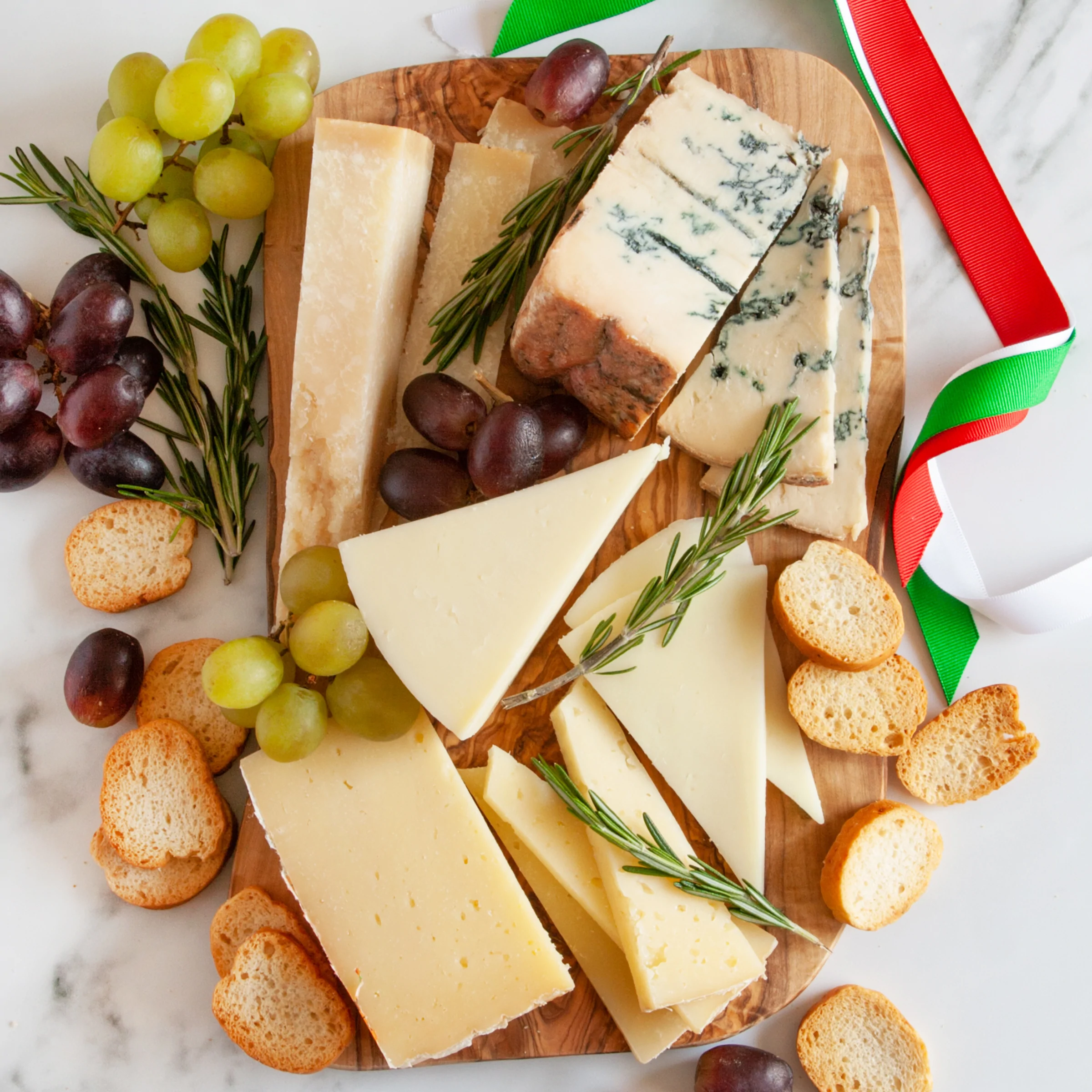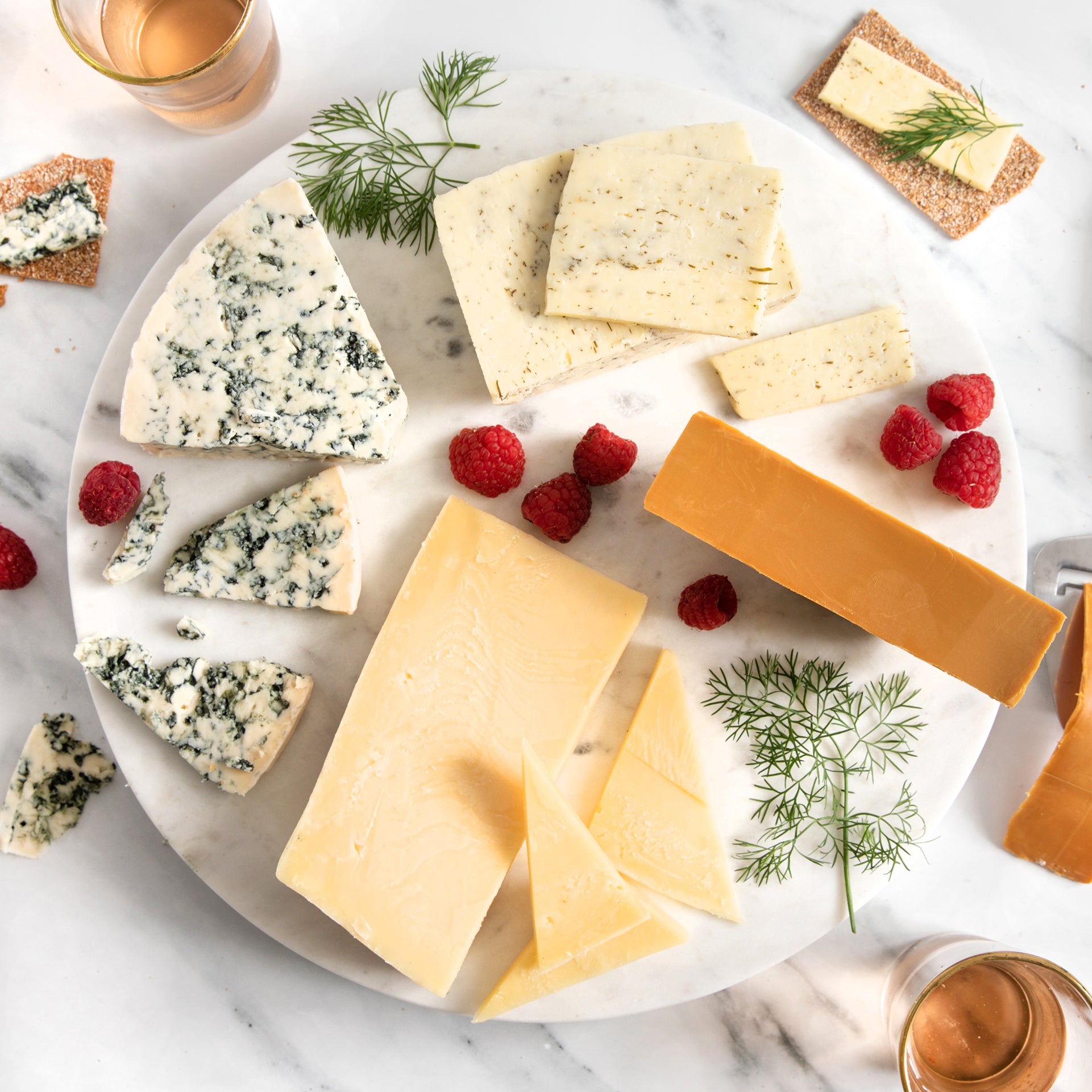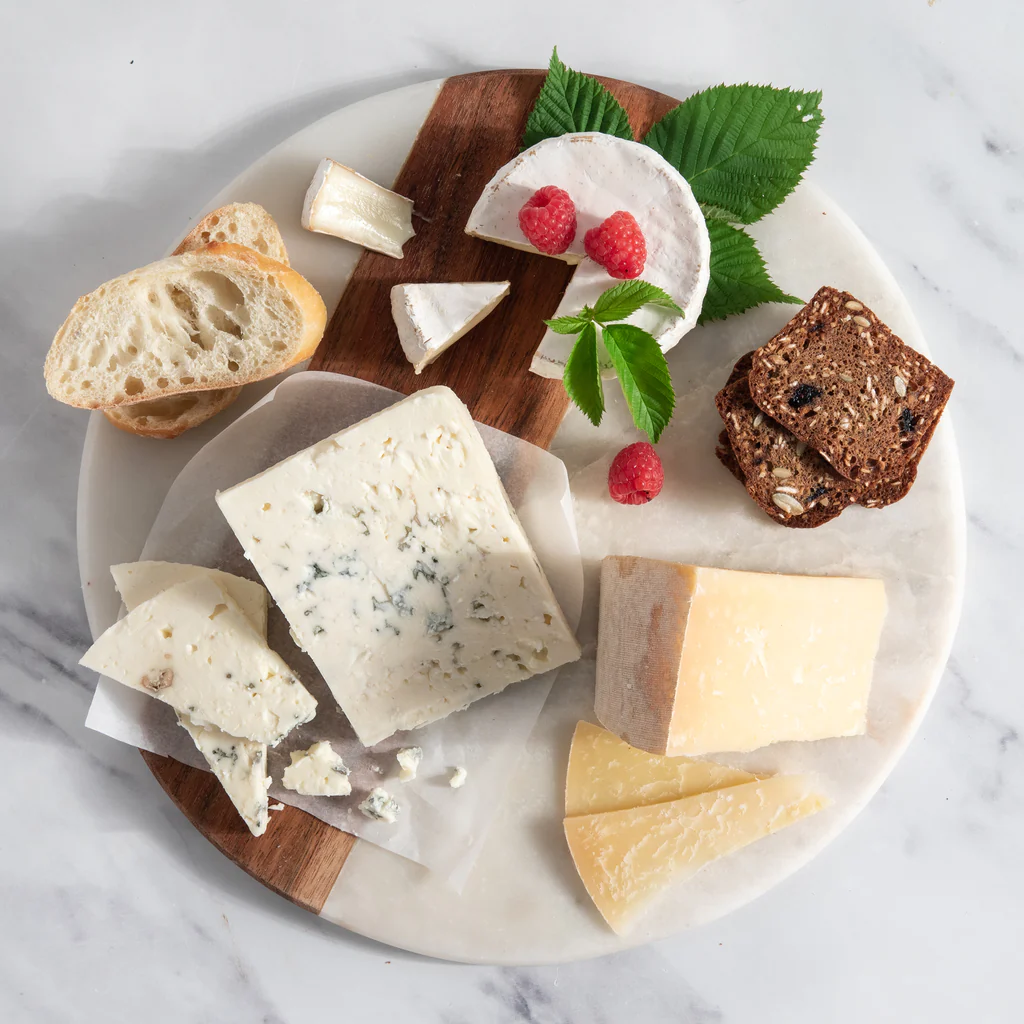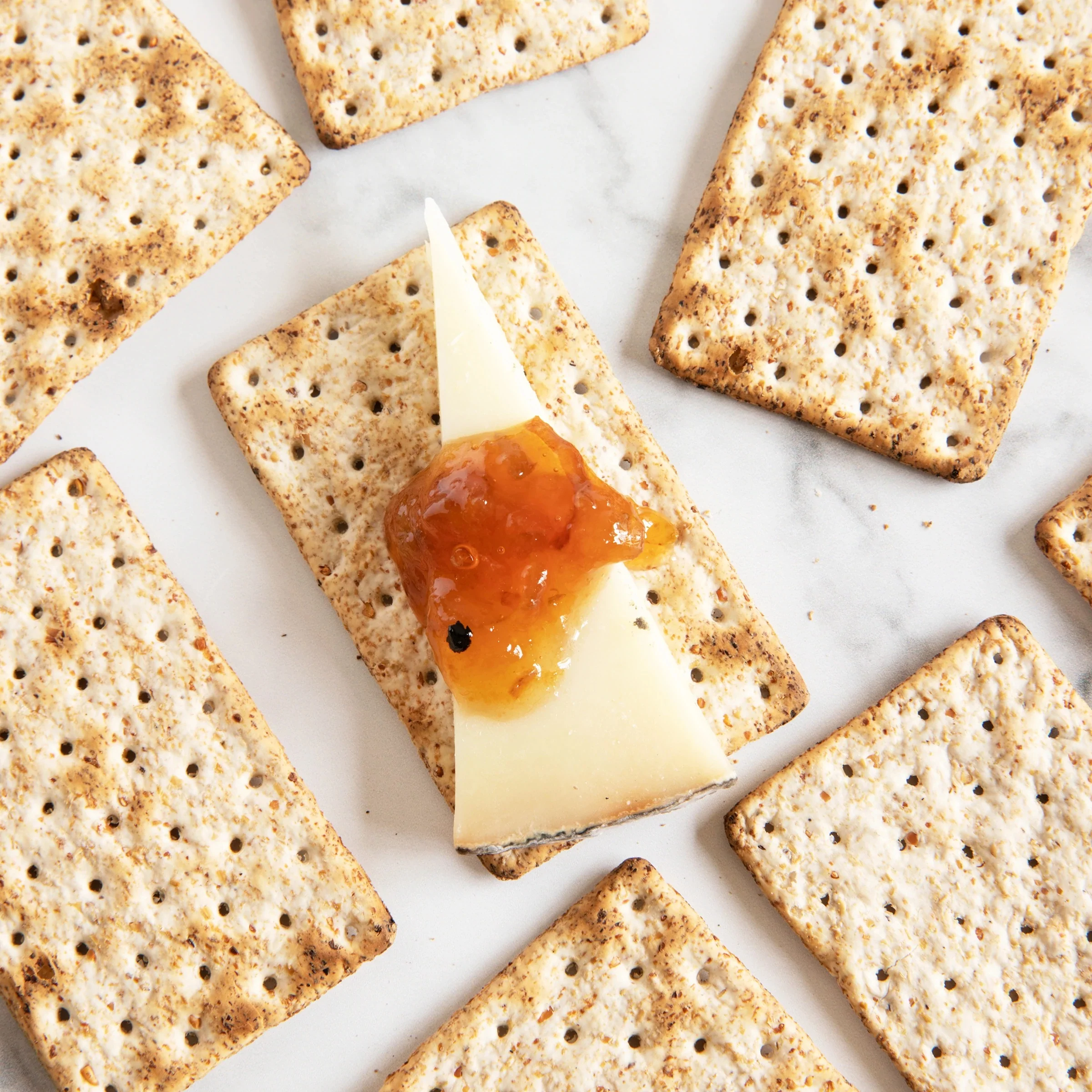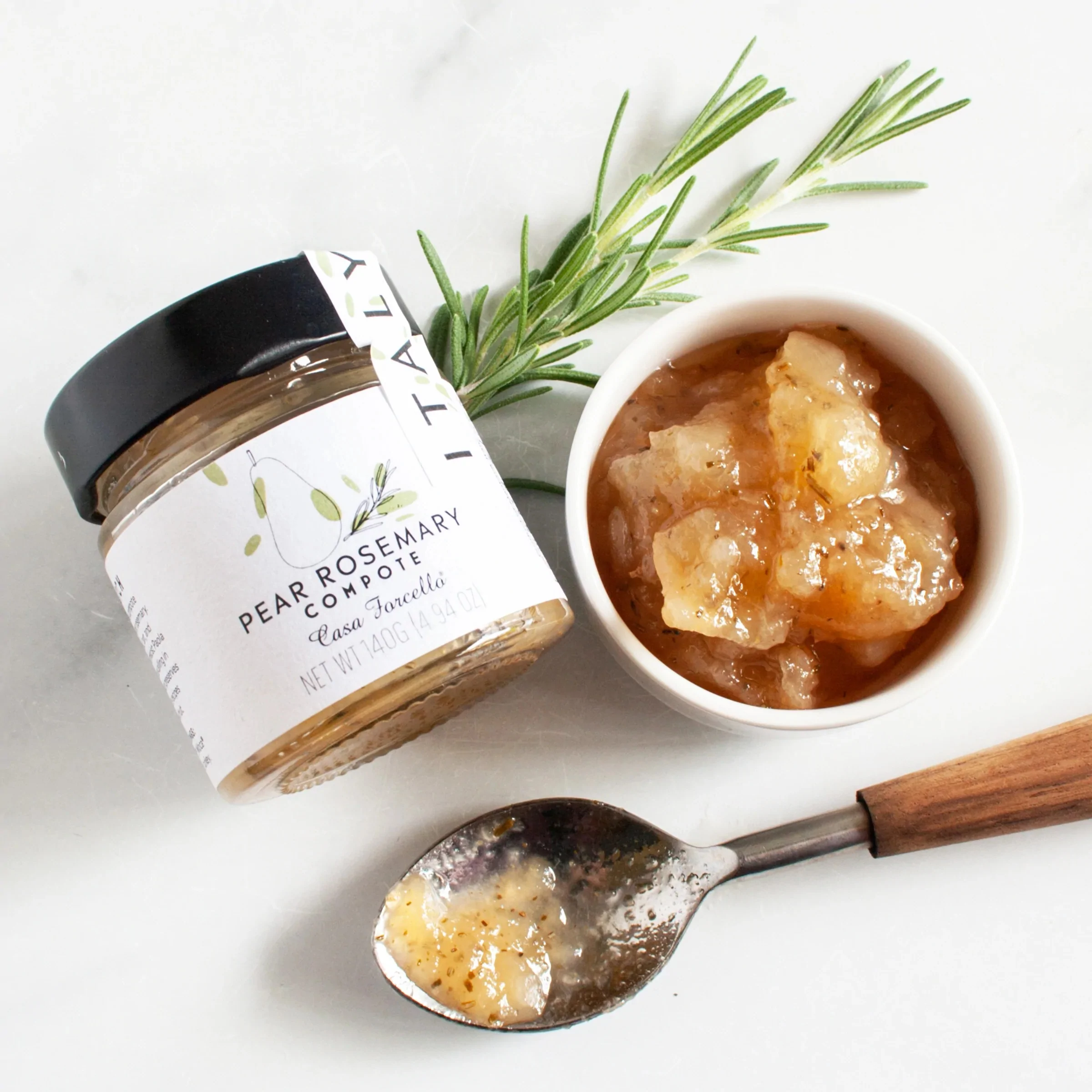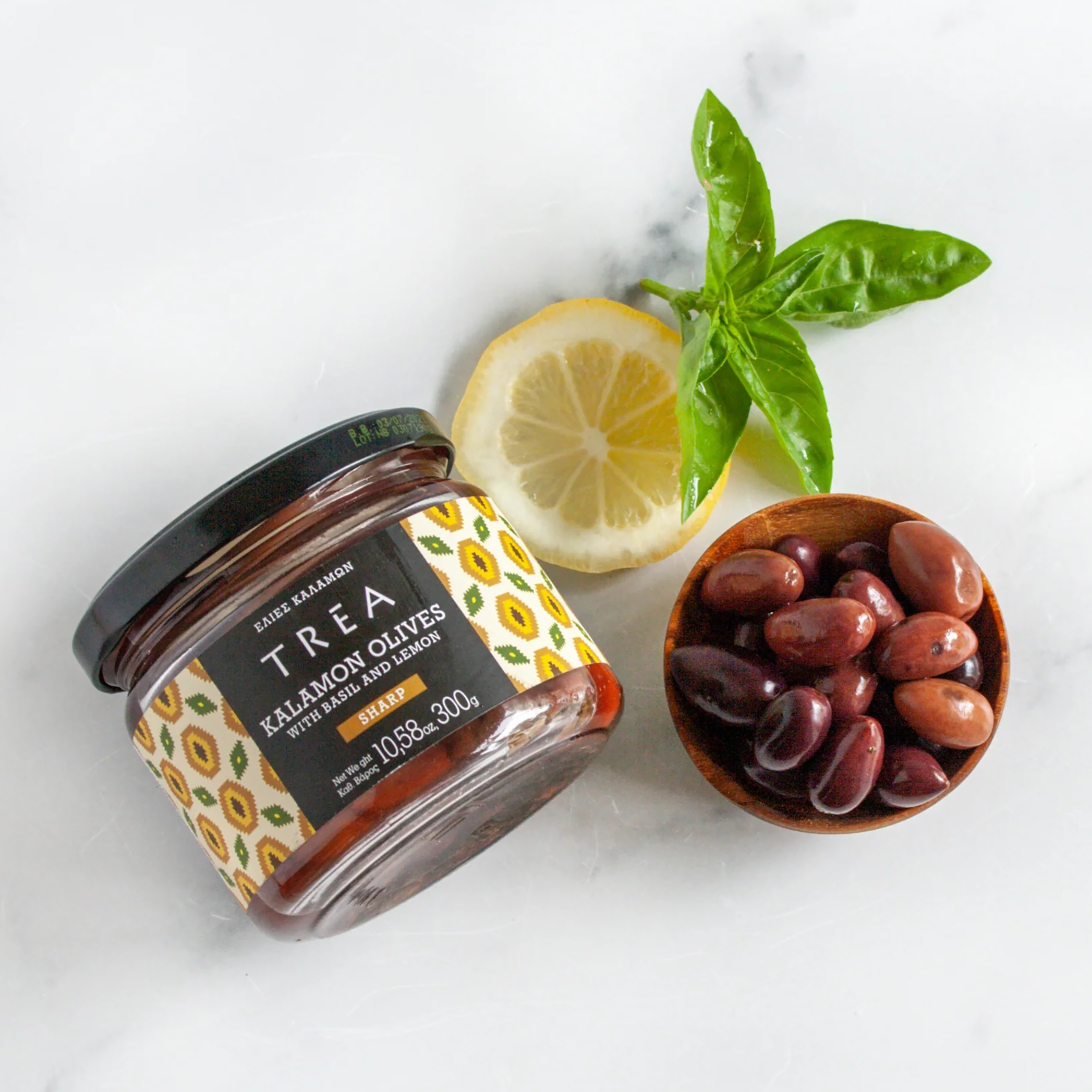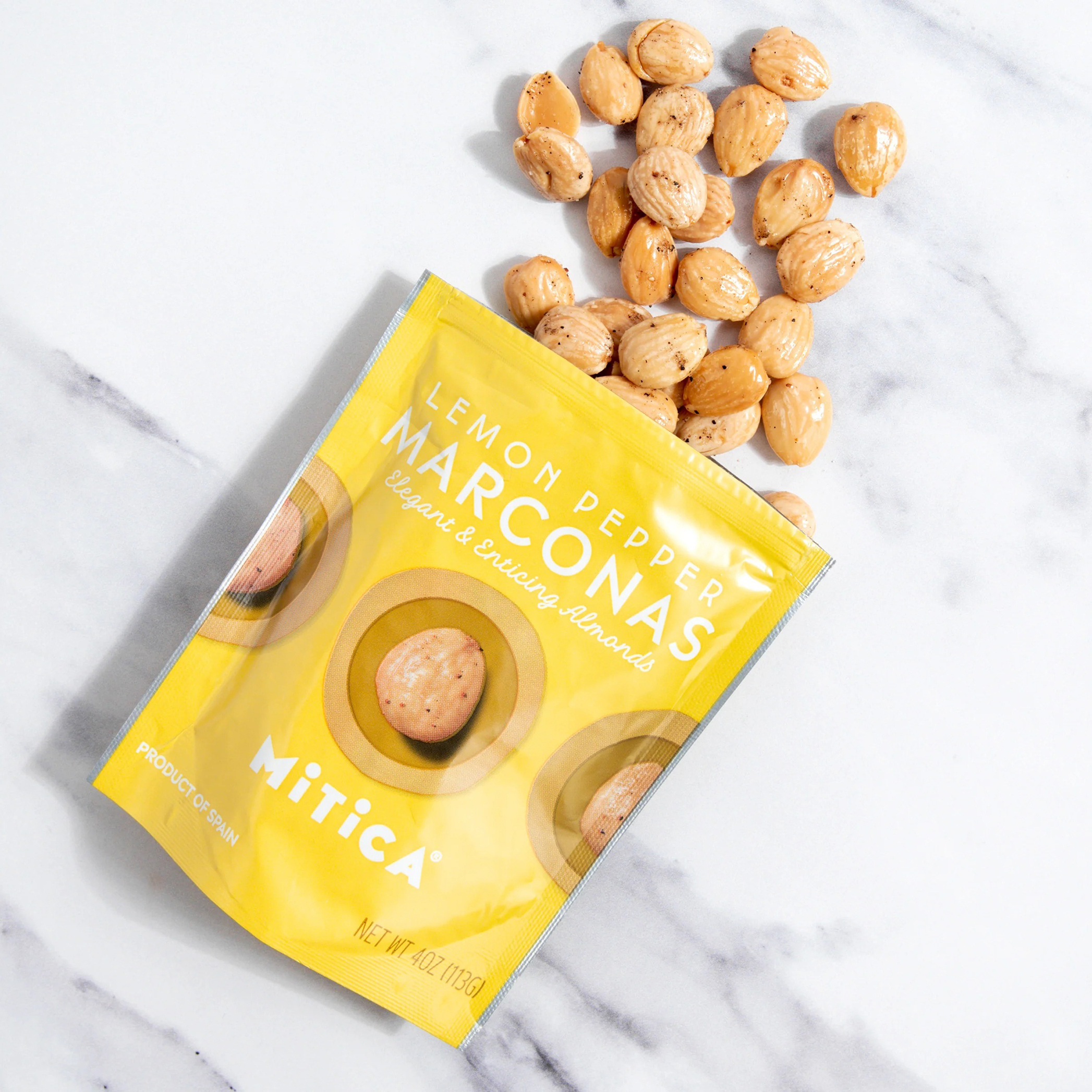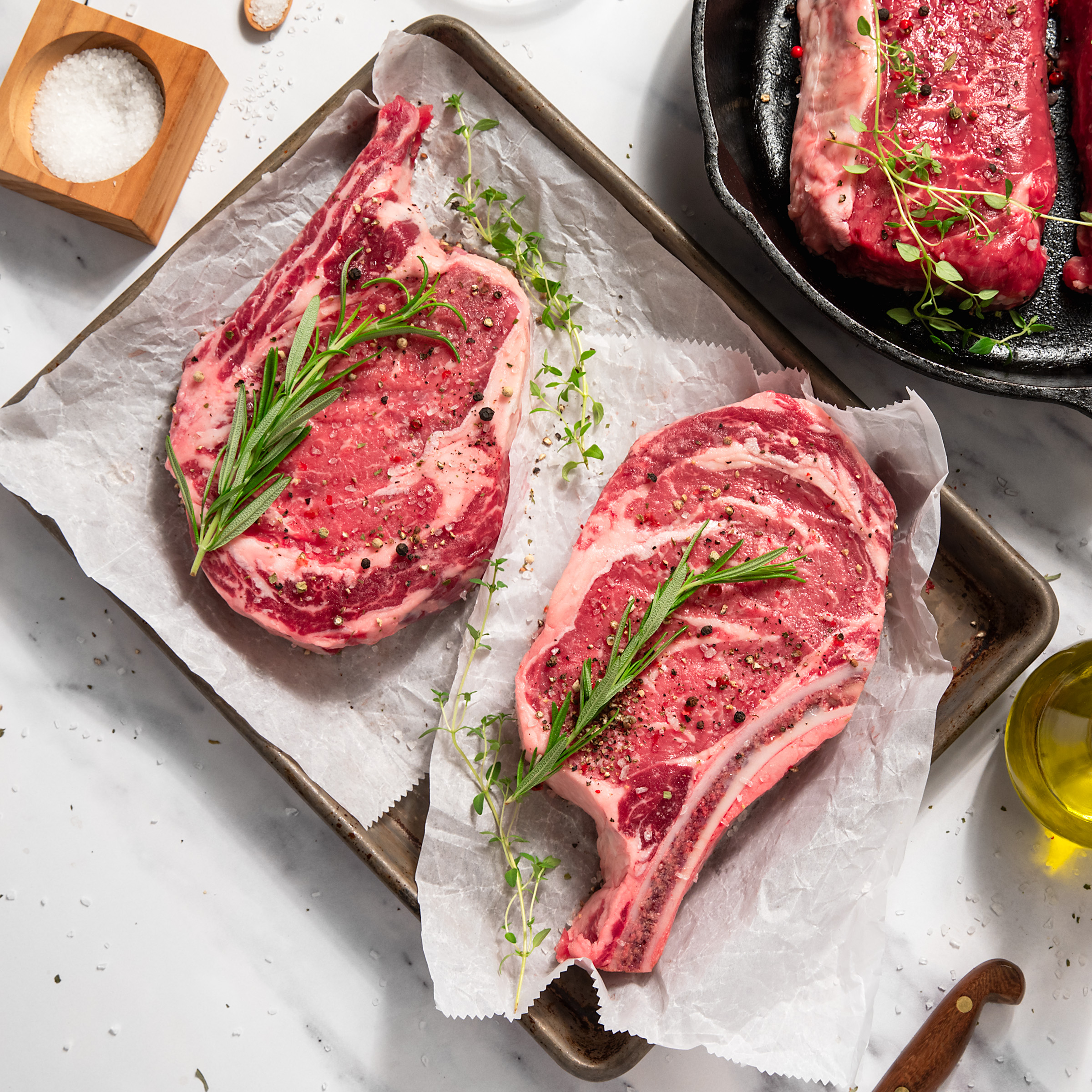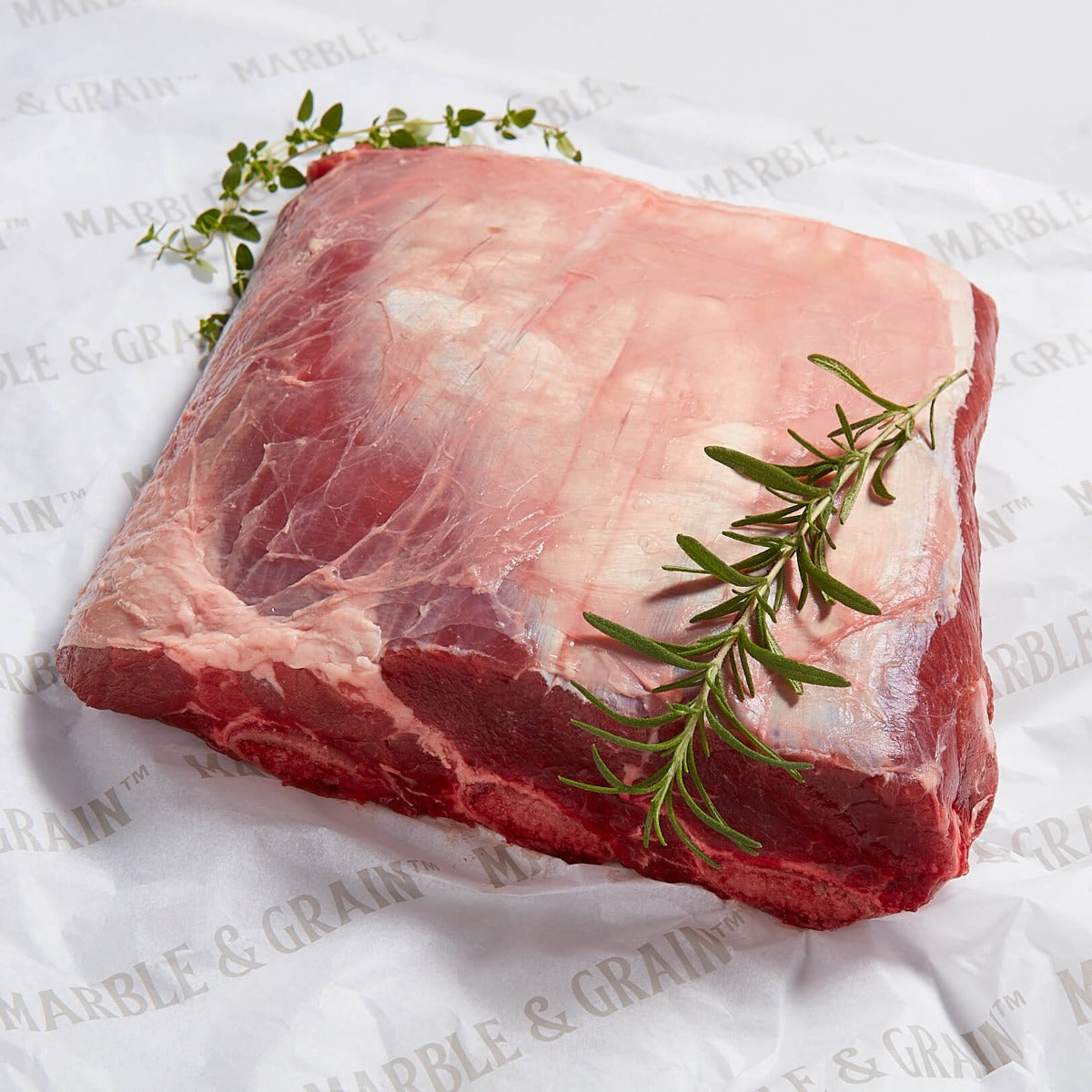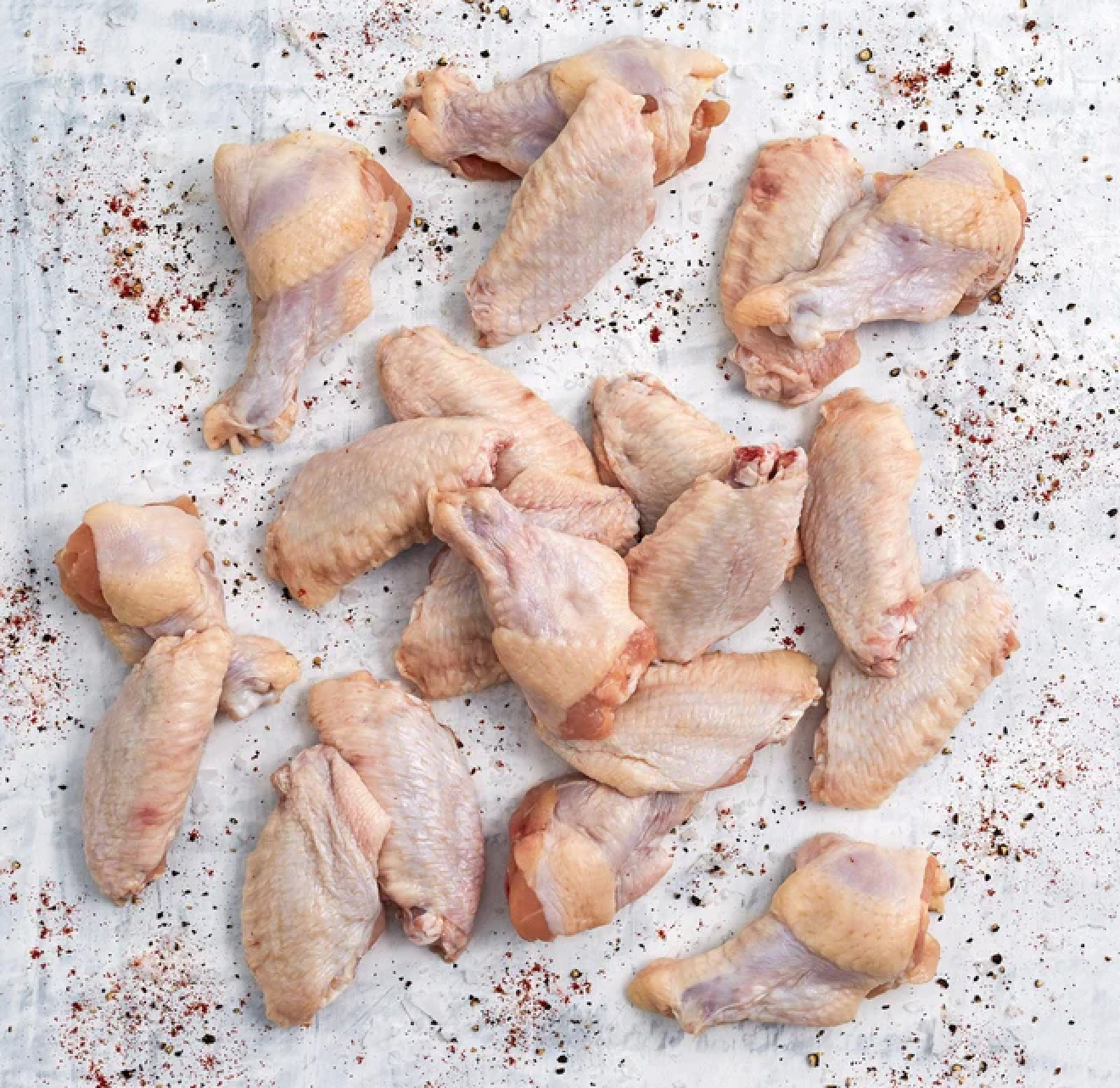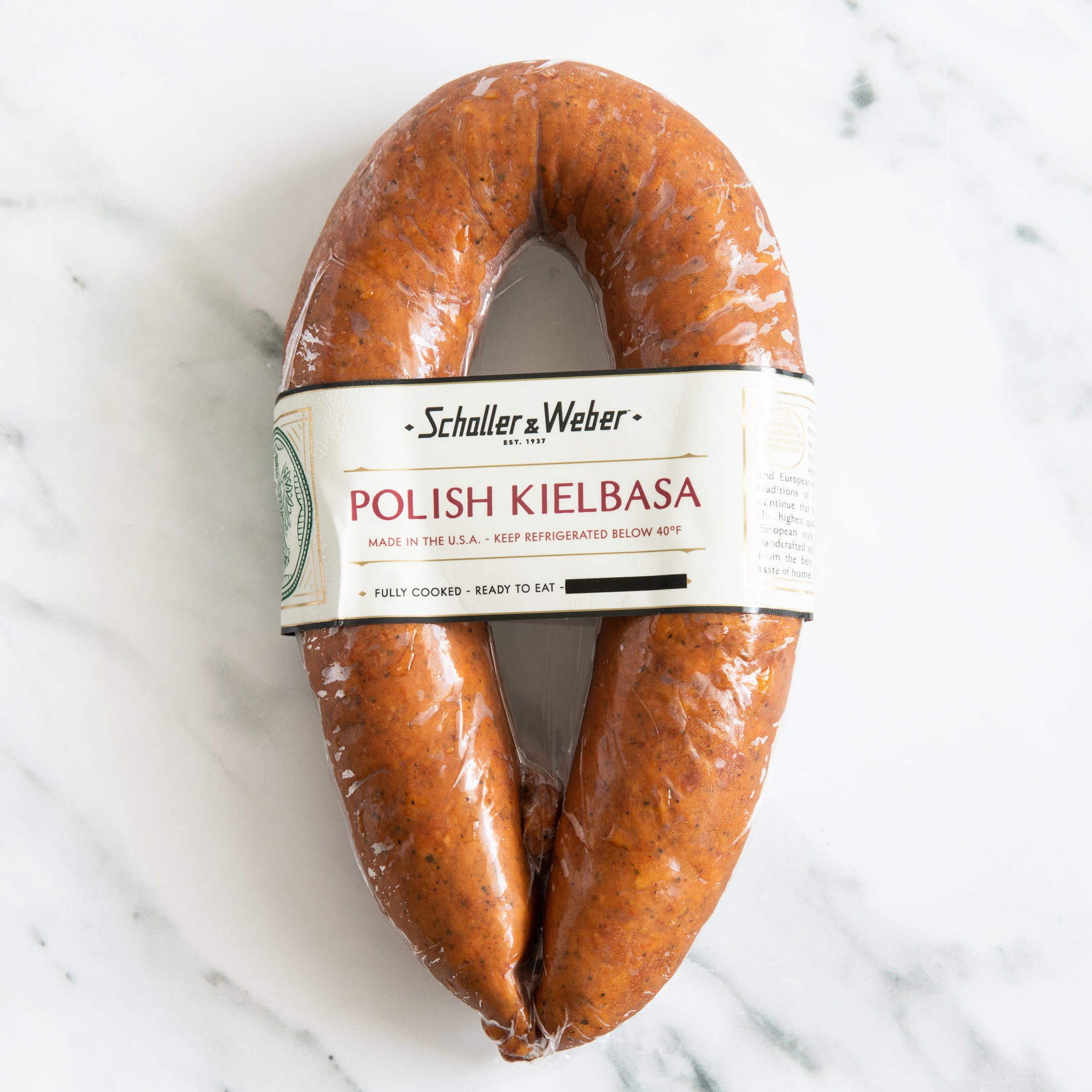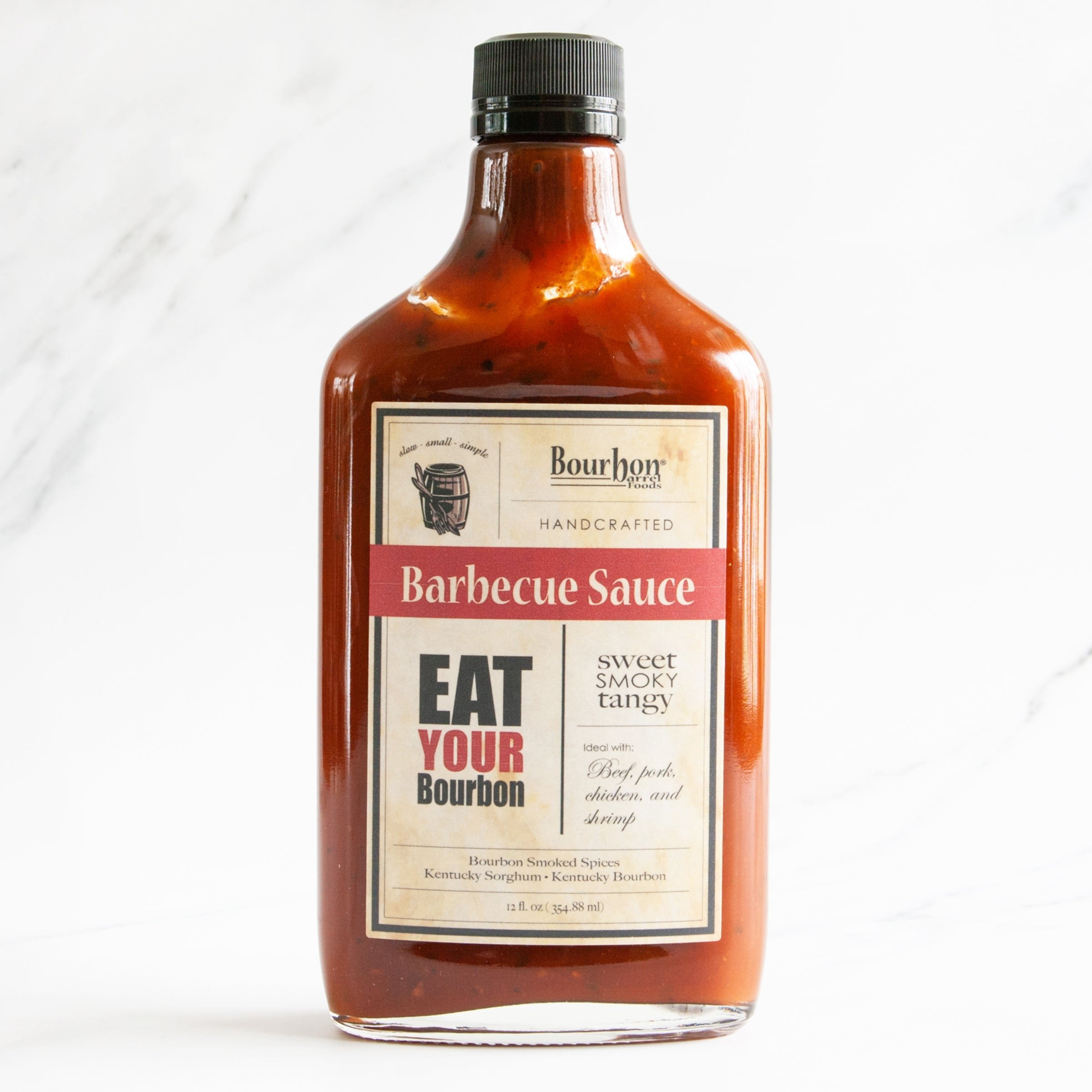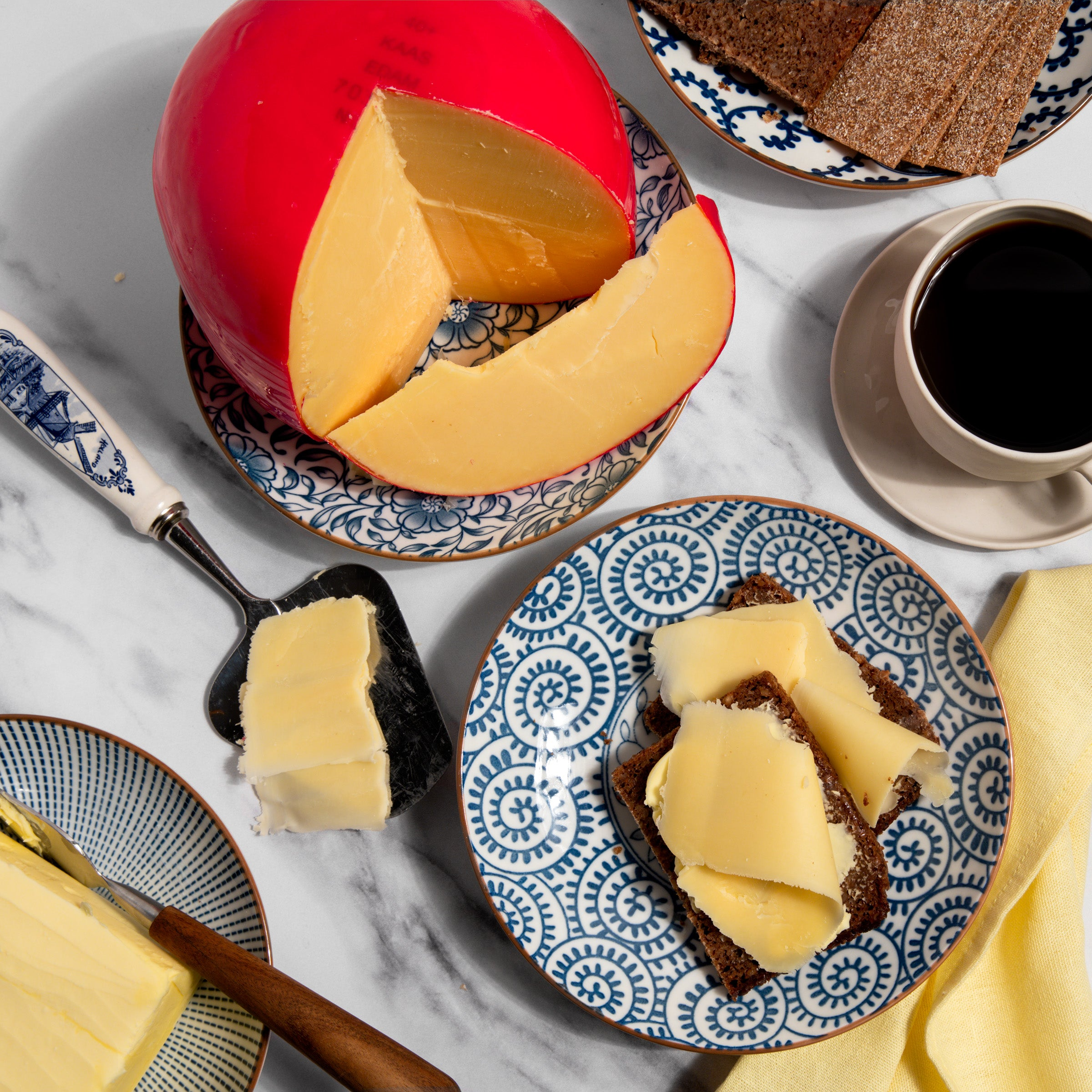Guide to Cheese Types
Anchovies - Gourmet Guide
June 12, 2019 | By Dave Mattingly
When most people think of anchovies, they think of long, silver or brick-colored strips of salty, tiny fish spread out over a pizza or Caesar salad. But they would also be surprised to learn that anchovies work their way into a number of dishes in the same way you would use a spice or seasoning, not as a topping. Because anchovies break down when heated, they can easily be incorporated into a number of sauces and dips, such as Louisiana remoulade sauce, Italian bagna cauda, or the kitchen staple of Worcestershire sauce. Used in this manner, anchovies offer a boost of flavor, without adding a fishy undertone. So even if you don’t like them on your pizza, chances are you’ve been enjoying anchovies all along.
Anchovies and Your Health
Ever since the New York Post ran its article on April 12, 2016 about anchovies and longevity, we have had trouble keeping anchovies in stock. The Post wrote, "this oily fish is full of antioxidants, keeps cholesterol down, smoothes out the arteries and cuts down on inflammation, which is helpful in the aging process." So now people know that anchovies bring more to the table than great taste.
When buying anchovies, search for Engraulis Encrasicolus, as they are the best anchovies. Nowadays, as back in the past, they are fished when the nights are moonless, only from March through September, using traditional fishing boats fitted with "Lampara nets", thus respecting the sea and the sea bed. Also key is knowing what type of oil the anchovies are packed in. Try to find a blend that is light and gentle oil, such that it does not overshadow the taste of the anchovies, but rather accompanies and preserves their extraordinary flavor.
How Anchovies are Made
Anchovies are a type of fish, usually from the Engraulis family, but they are rarely ever found fresh. Instead, the fresh fish is turned into the product we all know through a simple, timeless process of curing with salt and pressure. The fresh anchovies’ heads and organs are removed, the bodies are rinsed out and tossed in salt. The anchovies are then packed into wooden barrels with more salt until they create a tightly filled drum of alternating layers of anchovies and salt.
The salt forces the water out, as well as preserves the anchovies and enhances their flavor. After they’re cured in this manner, they can then be rinsed off and packed in oil for the consumers’ home use. Some anchovies are left in their original salt and packaged without oil, which is a form often touted by gourmets as offering a better flavor. Some consumers have also turned to the convenience of using anchovy paste. Anchovy paste is just what it sounds like, and is perfect for quickly adding a tablespoon to salad dressings, sauces, stews, or dips.
Anchovy Uses:
- If you buy anchovies packed in salt, you’ll need to allow them a 5-10 minute soak in a bowl of water to remove the excess salt. Some brands leave the spine in, which can be easily removed by pinching it out with your fingers.
- Add one minced anchovy to a balsamic and olive oil vinaigrette to enjoy a new depth of flavor.
- Add two or three anchovies to a pot of beef stew to give it a boost of flavor, without having to deal with a fishy smell.
- Make a gourmet dipping sauce by blending roasted red peppers, anchovies and olive oil together in a blender. Use this for anything from crudités to breadsticks to tempura vegetables to lamb chops.
- Fill a boned leg of lamb with a mixture of dill, feta, chopped olives, anchovies, and lemon zest for a robustly flavored stuffing.
- Add to a garlicky red-wine pan sauce for pouring over beef.
The Difference between Anchovies and Sardines
Although some people use the term “anchovy” and “sardine” interchangeably, they’re actually two different species of fish. Sardines are much larger than anchovies and are often preserved by smoke, rather than salt. In fact, “kippers,” the English name for smoked herring, are a breakfast staple for some U.K. seafood lovers. Also, unlike anchovies, which are often added to sauces to round out flavors with their salty, robust depth, Sardines are eaten as a stand-alone item.
How Long do Anchovies Last?
Anchovies were created as a survival food in the time before refrigeration. It’s not unusual for tins or jars of anchovies to have a shelf life of several months to even two years. Once open, you can preserve anchovy leftovers by keeping them submerged in a jar filled with olive oil. But even with this method, we recommend using the opened remainder within two months.
Order Online at the #1 Gourmet Food and Gift Basket Boutique
Buy Anchovies online from igourmet.com! Please visit our online store and go shopping at the number one imported food delivery service in the USA. Looking to make anchovy paste or even an anchovy pizza? We have several types of anchovies in our Small Fish section. Great for caesar salads and paste. Our selection includes Scalias, Manchego Bites, Martel Flat Fillets, Spanish Anchovies and many more!! When searching for gourmet food online, look no further than igourmet.com.





